Why are ocean waves getting bigger?
Damaged coastlines and stronger storms are in our future
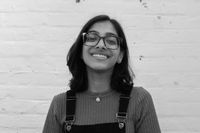
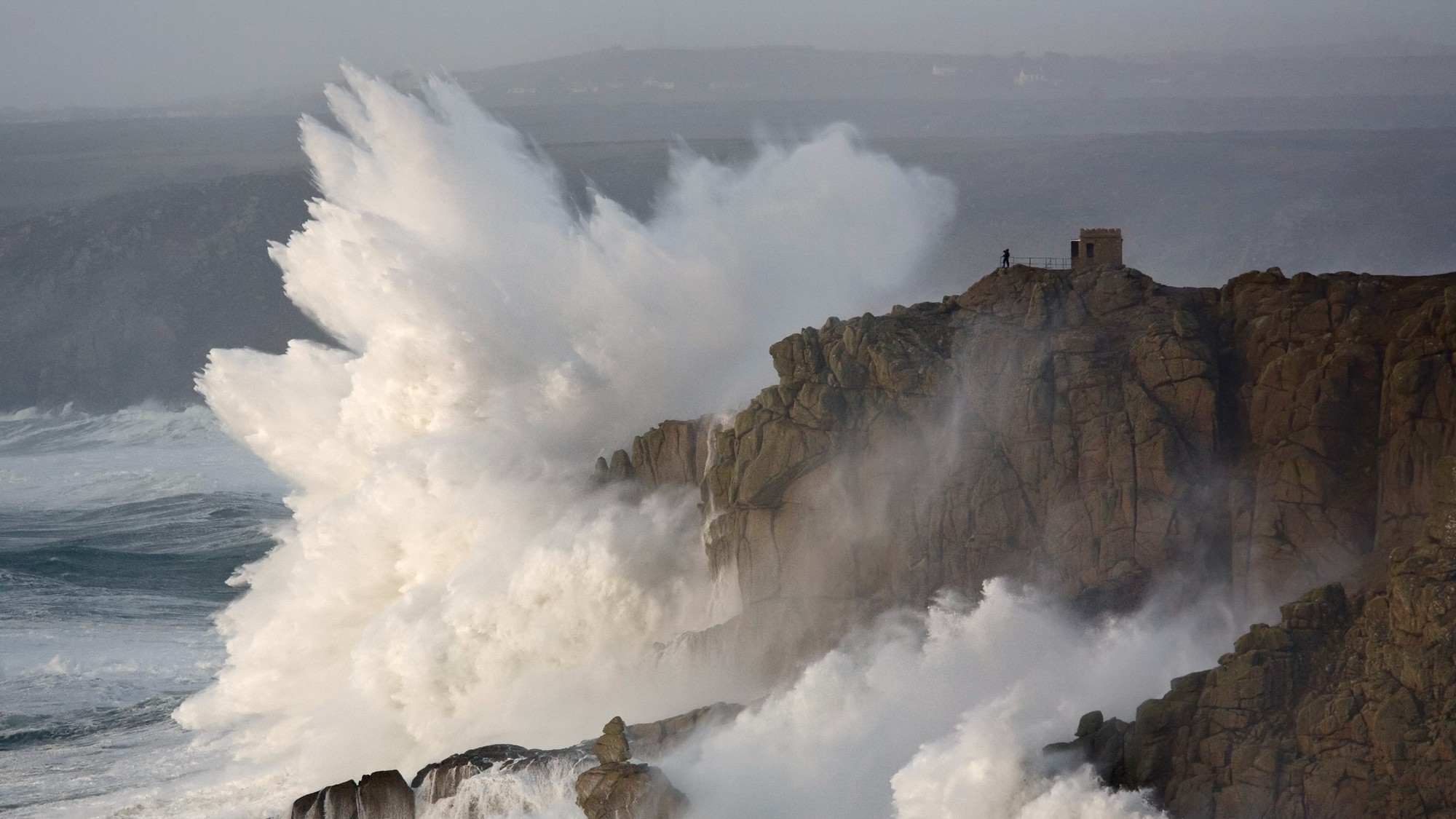
Climate change is making areas around the world more dangerous to live in, or in some cases uninhabitable. The ocean is no exception to climate change's effects. In 2023, oceans hit record-high temperatures that threatened marine life and brought devastation to many coral reefs. The warmer waters have also led to more and stronger hurricanes and storms forming and wreaking havoc on coastal regions. Now, scientists have also discovered that climate change is making waves, literally. That's right: Waves are becoming larger and stronger, which could cause even more damage to coasts and potentially worsen existing storms.
Why are waves getting bigger?
Bigger waves are a phenomenon that has been observed all across the world and can be attributed to the warming climate. "Global warming puts increased energy in the atmosphere, resulting in stronger storms with intensified winds that generate increased wave heights," oceanographer Peter Bromirski, told The Washington Post. "Further increases in wave activity along coasts potentially will follow, aggravating issues from higher tides associated with sea level rise."
Wave energy has been increasing over time, a statistic scientists discovered using seismometers. Those tools measure ground movement, usually from earthquakes, according to a study published in the journal Nature Communications. The most powerful waves were discovered in the Southern Ocean surrounding Antarctica, but the North Atlantic Ocean experienced the highest increase in wave energy over the past 40 years compared to its levels of increase historically. "As these waves interact with the coast and the seafloor, they push and pull the seafloor, and that creates a force," Richard Aster, author of the Nature Communications study, told San Francisco Chronicle. "And that force creates seismic waves that propagate all over the world."
The Week
Escape your echo chamber. Get the facts behind the news, plus analysis from multiple perspectives.

Sign up for The Week's Free Newsletters
From our morning news briefing to a weekly Good News Newsletter, get the best of The Week delivered directly to your inbox.
From our morning news briefing to a weekly Good News Newsletter, get the best of The Week delivered directly to your inbox.
What are the risks associated?
"If the waves are extreme," Itxaso Oderiz, a coastal hazard researcher from IHCantabria, told the Post, "sediment transport can be substantial, causing erosion and affecting coastal infrastructure," and "the water level can rise significantly, leading to coastal flooding." These factors need to be taken into account to "create resilient communities in the face of rising," Patrick Barnard, a research geologist with the United States Geological Survey, told The New York Times.
In addition, this phenomenon is predicted to worsen. For example on the coast of California, average winter wave heights have increased by almost one foot since 1970, when scientists claim the Earth started warming at an accelerated pace, according to a study published in JGR Oceans. The occurrence of large wave swells of at least 13 feet are also "happening a lot more often, occurring at least twice as often from 1996 to 2016 than from 1949 to 1969," The Associated Press reported.
"As sea level rises and the waves get bigger, you get an aggravated effect in terms of coastal impacts," Aster explained. Because of this, coastal areas will become increasingly unsafe to inhabit and may require people to relocate further inland. "It's just one more indication that things are going in the wrong direction," Gary Griggs, an oceanographer at the University of California Santa Cruz, remarked to KSBW. "It's like a giant chemistry experiment, only we can't turn it off." He added, "waves are getting bigger, more powerful, the weather's getting crazier. So that's going to be more impact on the shoreline."
A free daily email with the biggest news stories of the day – and the best features from TheWeek.com
Devika Rao has worked as a staff writer at The Week since 2022, covering science, the environment, climate and business. She previously worked as a policy associate for a nonprofit organization advocating for environmental action from a business perspective.
-
 Crest falling: Mount Rainier and 4 other mountains are losing height
Crest falling: Mount Rainier and 4 other mountains are losing heightUnder the radar Its peak elevation is approximately 20 feet lower than it once was
-
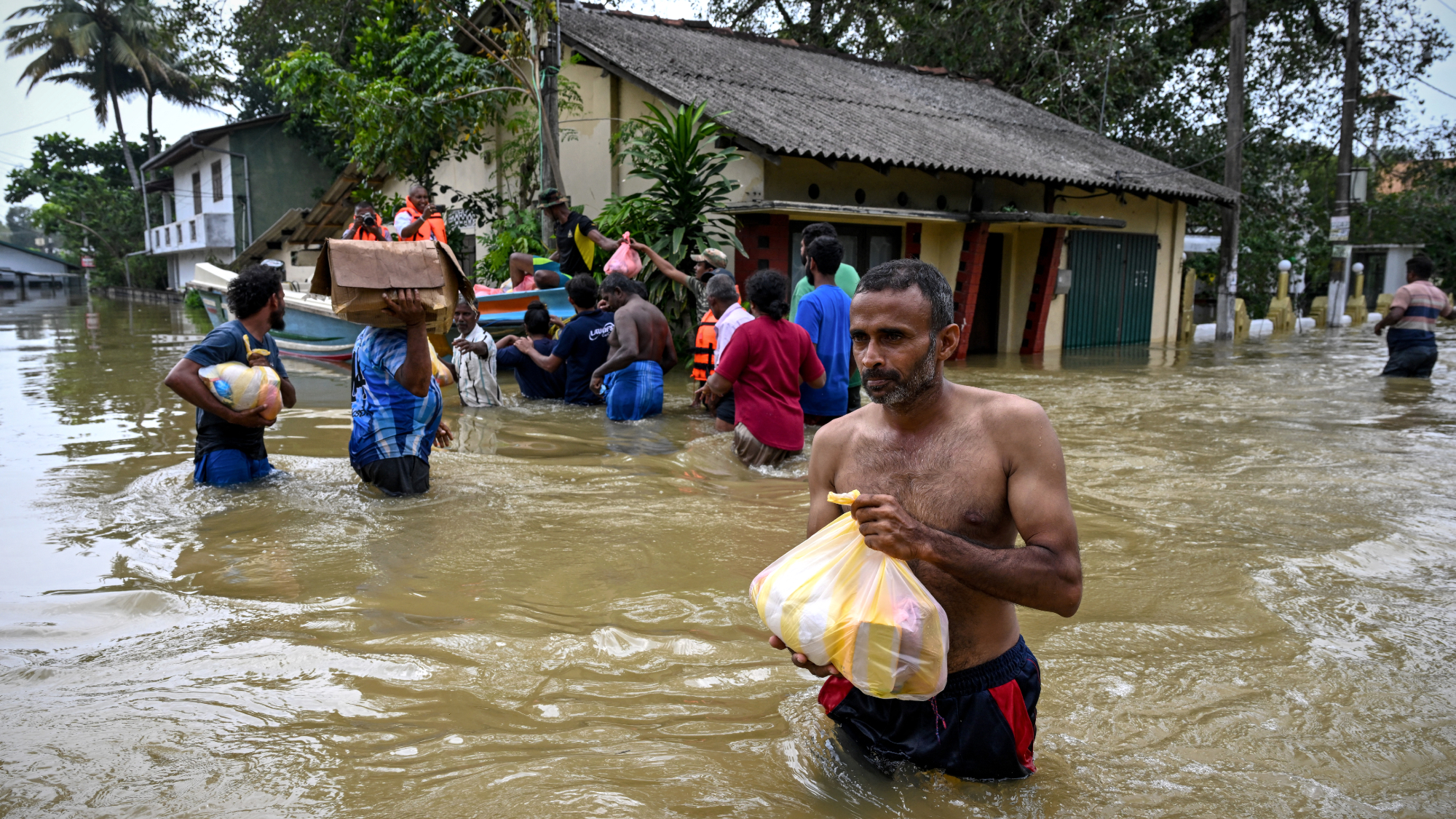 Death toll from Southeast Asia storms tops 1,000
Death toll from Southeast Asia storms tops 1,000speed read Catastrophic floods and landslides have struck Sri Lanka, Indonesia, Thailand and Malaysia
-
 Can for-profit geoengineering put a pause on climate change?
Can for-profit geoengineering put a pause on climate change?In the Spotlight Stardust Solutions wants to dim the sun. Scientists are worried.
-
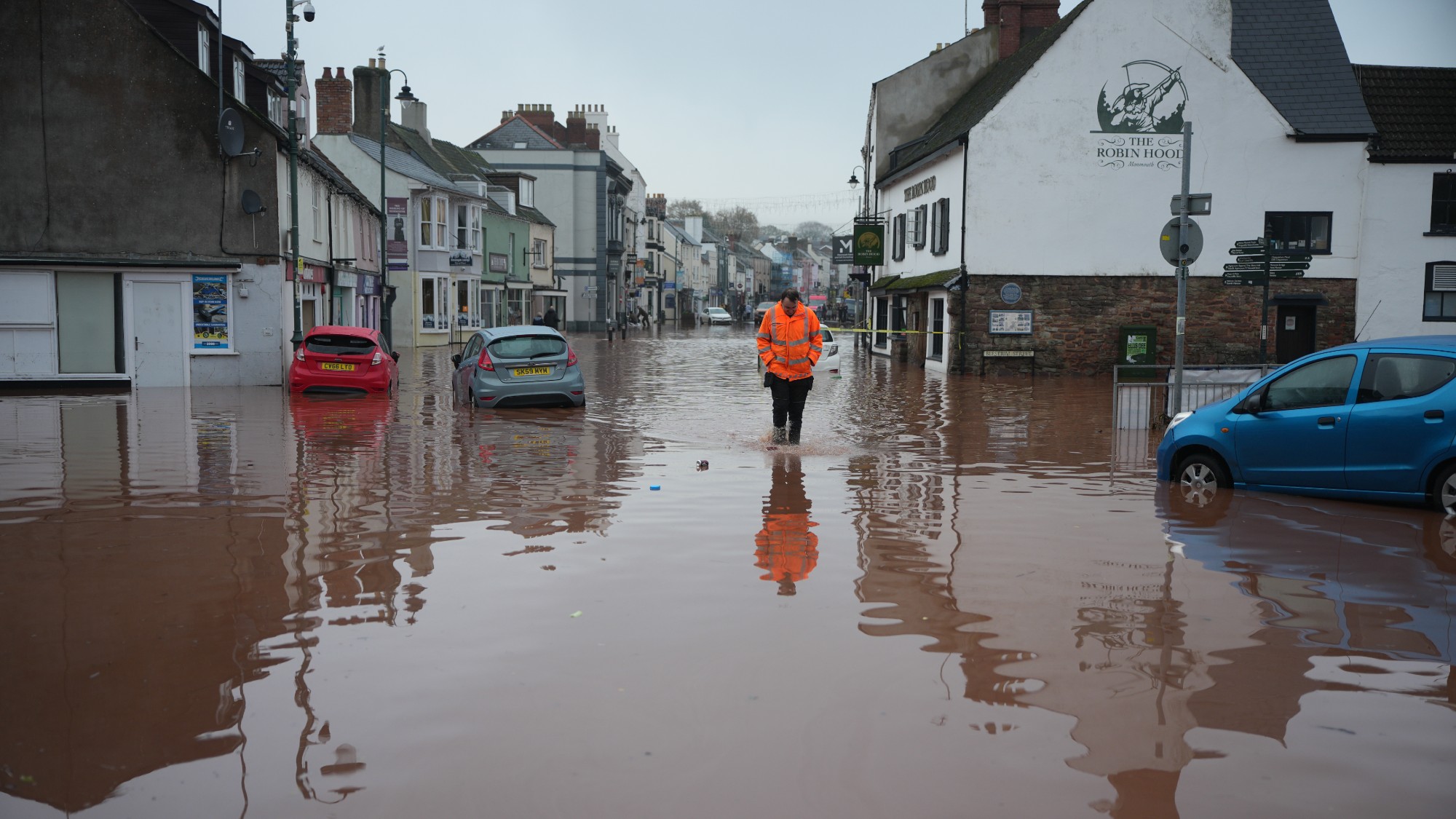 How will climate change affect the UK?
How will climate change affect the UK?The Explainer Met Office projections show the UK getting substantially warmer and wetter – with more extreme weather events
-
 Can the UK do more on climate change?
Can the UK do more on climate change?Today's Big Question Labour has shown leadership in the face of fraying international consensus, but must show the public their green mission is ‘a net benefit, not a net cost’
-
 Did Cop30 fulfil its promise to Indigenous Brazilians?
Did Cop30 fulfil its promise to Indigenous Brazilians?Today’s Big Question Brazilian president approves 10 new protected territories, following ‘unprecedented’ Indigenous presence at conference, both as delegates and protesters
-
 Can the world adapt to climate change?
Can the world adapt to climate change?Today's Big Question As the world gets hotter, COP30 leaders consider resilience efforts
-
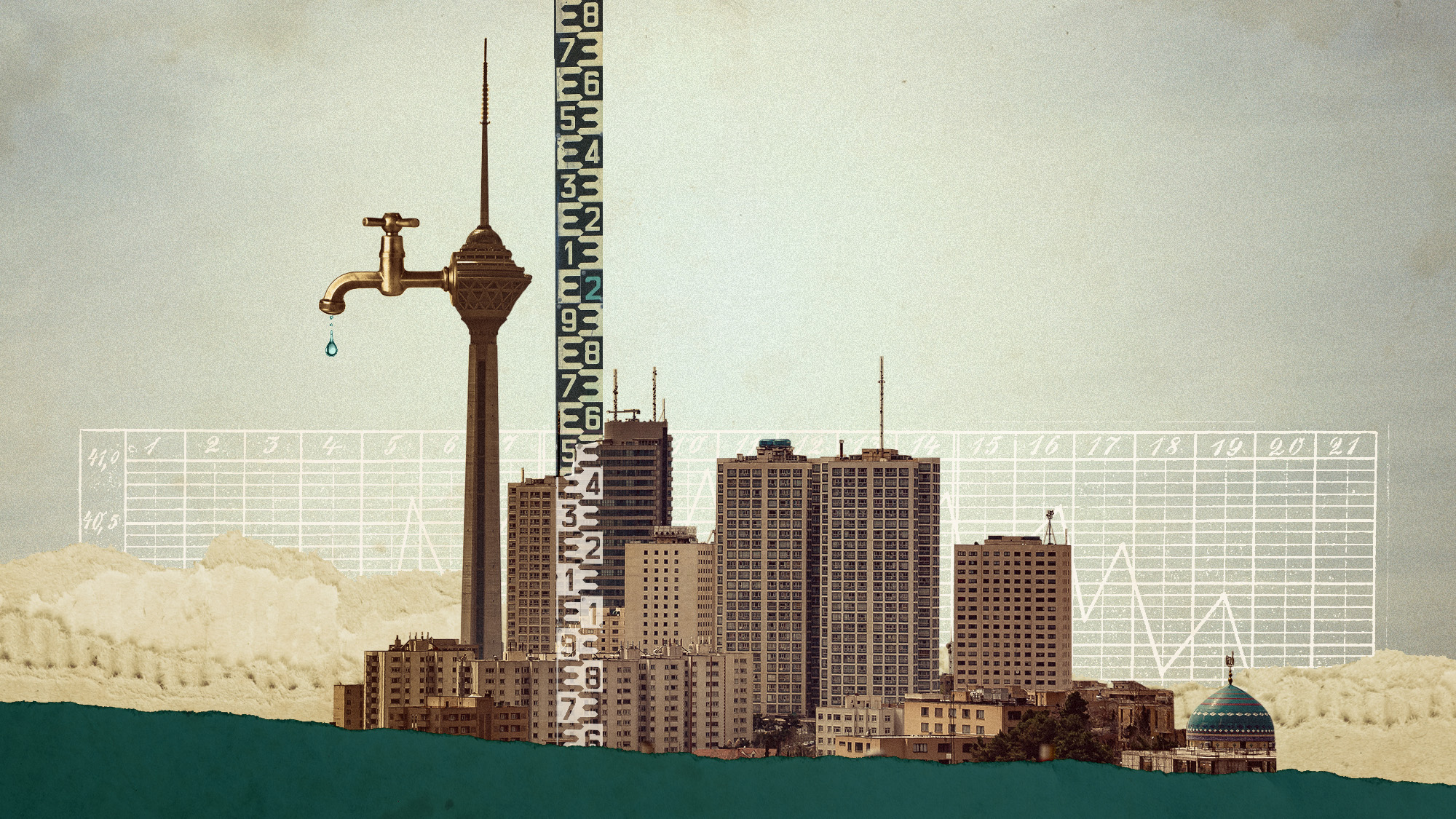 Taps could run dry in drought-stricken Tehran
Taps could run dry in drought-stricken TehranUnder the Radar President warns that unless rationing eases water crisis, citizens may have to evacuate the capital



